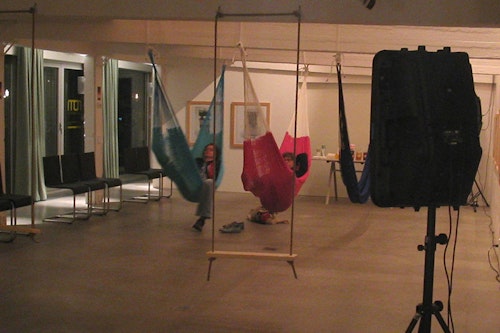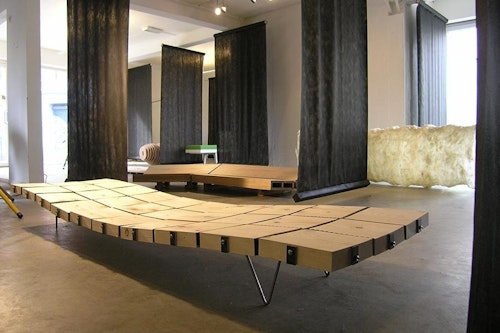Exhibitions
We are a physical venue for curatorial projects and exhibitions. Rather than focusing on result-oriented exhibitions that function as ends in themselves, we aim to be a generous space where professional agencies, processes and methods, collectivity and co-creation, disagreements and differences can meet and thrive in dialogue with the public. Thus, we engage in exhibition-making that centres and nourishes the research, methods, and work processes of artists and architects. By empahsising the importance of developing such project-oriented and collective exhibition formats, we invite the public into ongoing research processes, through disseminative strategies which seek to build new relations and understandings between the professional practitioners and various publics.









